The way we decorate and furnish our living spaces often speaks volumes about our long-term commitment to a place. Renting comes with its own set of practicalities and limitations, which can sometimes be inadvertently reflected in our design choices. While there’s absolutely no shame in renting and making a space your own, certain decor decisions tend to be more characteristic of temporary living situations. Recognizing these common signals can be helpful for both renters looking to create a more permanent feel and homeowners wanting to avoid these temporary aesthetics.
1. Generic or Mismatched Furniture
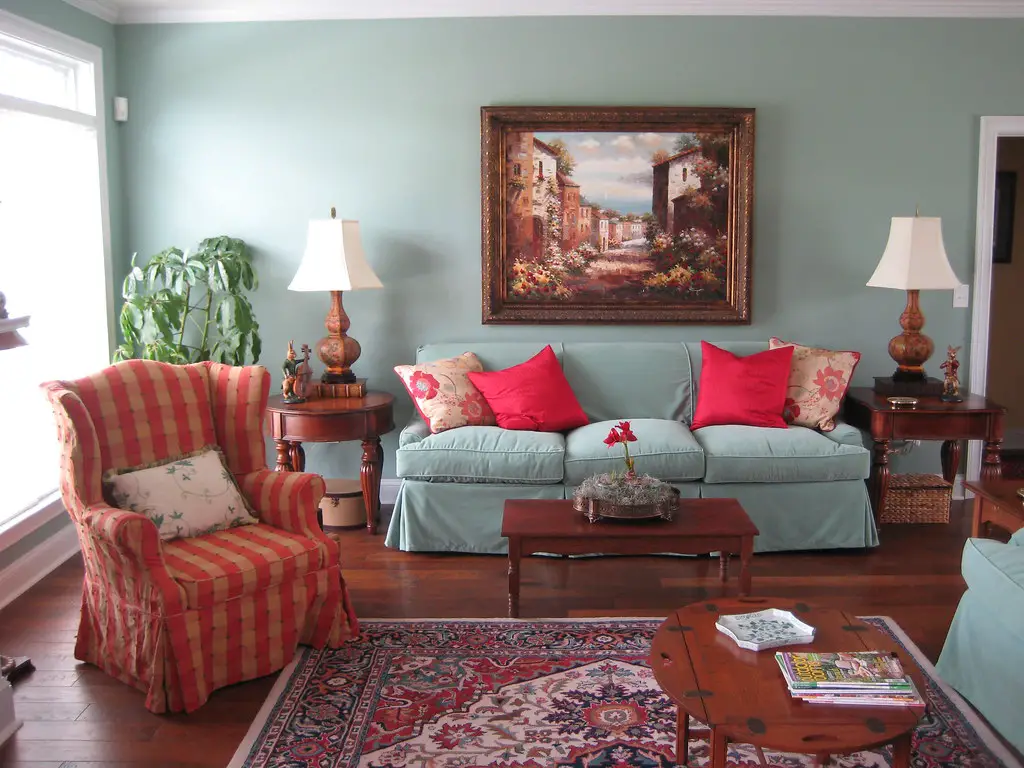
Often, renters prioritize affordability and practicality over cohesive design when selecting furniture. This can lead to a collection of pieces acquired over time from various sources, resulting in a somewhat disjointed look. According to Apartment Therapy, easily transportable and budget-friendly options are often top priorities for those who anticipate moving again in the future. This approach, while sensible for renters, can sometimes lack the unified style that is more common in owned homes where furniture is often selected with a long-term vision in mind.
The focus on functionality over aesthetics can also manifest in the type of furniture chosen. Lightweight materials, modular designs, and pieces that can serve multiple purposes are popular among renters. While these items are undeniably useful for adapting to different spaces, they may not possess the same level of craftsmanship or enduring style found in furniture intended for a permanent residence. This practicality, while essential for the transient nature of renting, can sometimes inadvertently signal a temporary living arrangement.
2. Lack of Personalized Wall Decor
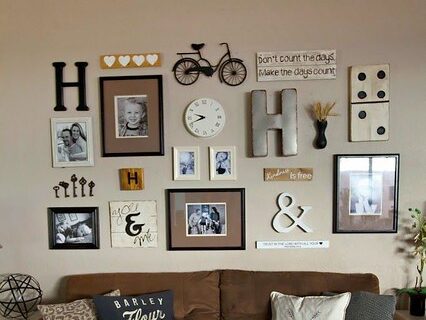
Walls offer a significant opportunity to inject personality into a space, but renters often hesitate to make permanent changes. As noted by HGTV, nail holes and paint alterations can lead to deductions from security deposits, discouraging extensive wall decoration. This can result in bare walls or a reliance on easily removable but often less impactful items like adhesive strips or leaning artwork. While these are practical solutions for renters, they often lack the curated and personalized feel of a homeowner’s gallery wall or carefully chosen statement pieces.
The temporary nature of renting can also influence the scale and permanence of wall decor. Renters might opt for smaller, easily transportable prints or posters rather than investing in large, framed artworks that require more substantial mounting. The reluctance to commit to specific placements or styles, knowing that the space is temporary, can lead to a less cohesive and personalized wall display. This cautious approach to wall decor can be a subtle indicator of a non-permanent living situation.
3. Visible Temporary Fixes
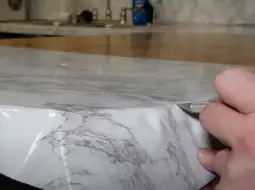
Renters often encounter minor maintenance issues that they address with temporary solutions rather than permanent repairs. This might include using duct tape for a loose wire or a rug to cover a damaged floor. According to Justia, renters are often hesitant to invest time and money in fixes that are ultimately the landlord’s responsibility. While these temporary fixes are understandable from a renter’s perspective, they can detract from the overall aesthetic and create a sense of impermanence within the space.
The reliance on quick and easy solutions can extend to other areas of the home as well. For instance, using contact paper to update countertops or applying stick-on tiles in a bathroom are common renter-friendly alternatives to more permanent renovations. While these methods can offer a temporary improvement, they often lack the durability and seamless integration of professionally done upgrades, potentially signaling a temporary occupancy.
4. Basic or Builder-Grade Lighting
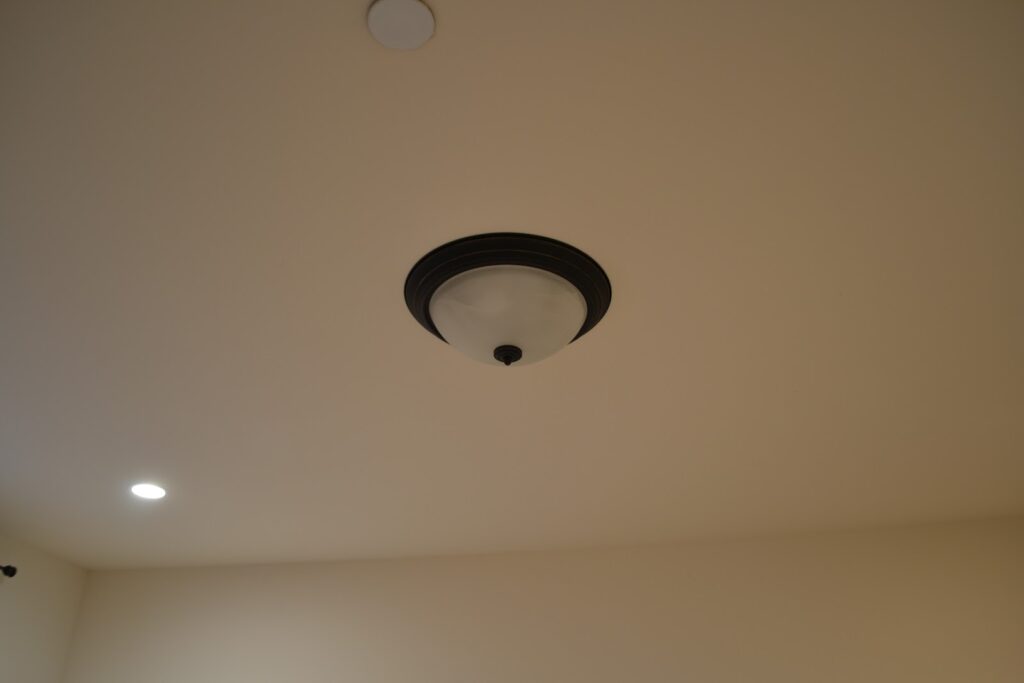
Rental properties often come equipped with standard, builder-grade lighting fixtures that lack character or design flair. Renters may be hesitant to invest in replacing these fixtures, as it often involves electrical work and the need to reinstall the originals upon moving out, as mentioned by Real Simple. This can result in a reliance on overhead lights and a lack of layered or ambient lighting, which is a common feature in more personalized, owned homes.
The temporary nature of renting can also influence a renter’s willingness to address inadequate lighting with temporary solutions like floor lamps or string lights. While these can improve the functionality of a space, they may not provide the same level of integrated and intentional lighting design found in owned residences. The presence of only basic or mismatched lighting fixtures can inadvertently suggest a temporary living situation where permanent upgrades are not a priority.
5. Excessive Use of Storage Solutions
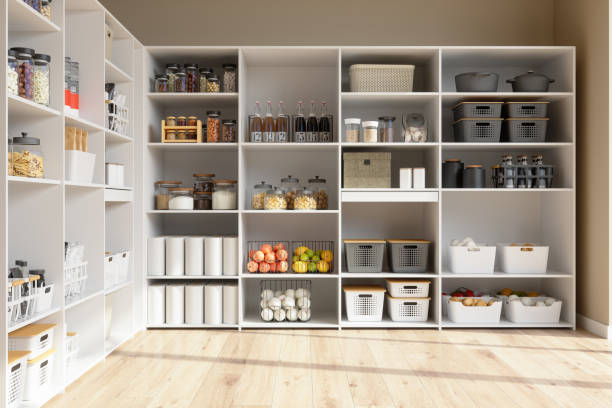
While organization is always a plus, an overabundance of visible storage solutions like plastic bins and rolling carts can sometimes signal a lack of built-in storage, a common characteristic of many rental units. Renters often need to bring their own storage solutions to compensate for limited closet space or pantry areas. While these items are incredibly practical for keeping a rental organized, their prominence can sometimes highlight the temporary nature of the living arrangement.
The type of storage solutions chosen by renters also tends to prioritize portability. Lightweight containers and modular shelving units are popular because they can be easily disassembled and moved to a new location. While these are sensible choices for someone who may relocate in the future, they can sometimes lack the integrated and seamless look of built-in cabinetry or more permanent storage systems found in owned homes.
6. Unanchored Rugs
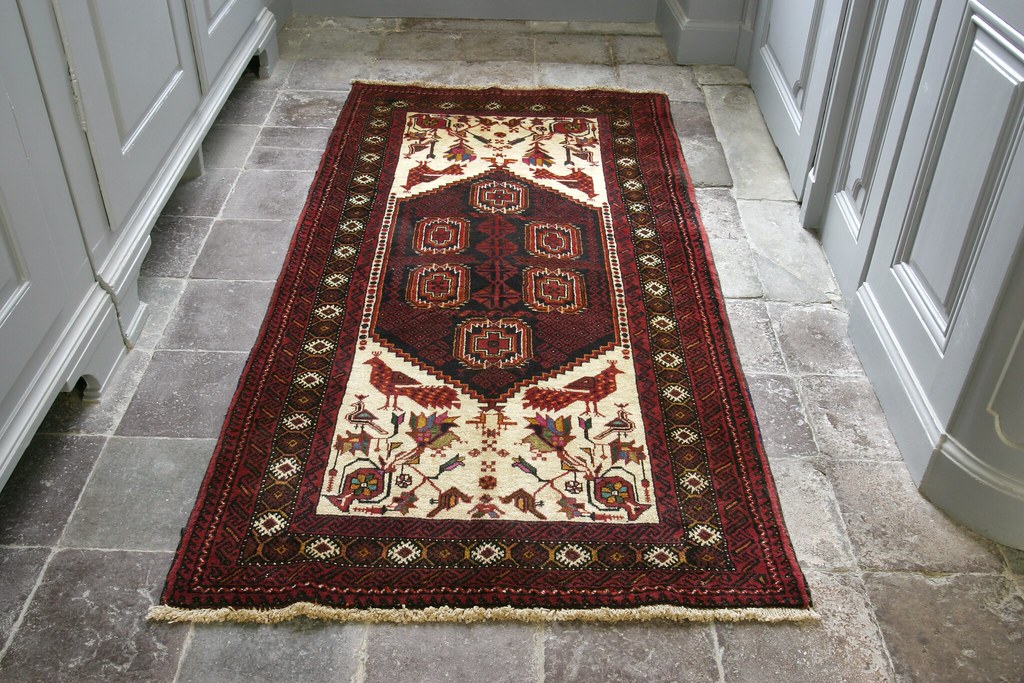
Renters often use rugs to define spaces or add warmth to a room, but smaller rugs that float in the middle of a room without anchoring furniture can create a less grounded feel. In owned homes, rugs are often chosen to fit specific areas and placed strategically under key pieces of furniture to create a cohesive look. The use of smaller, unanchored rugs can sometimes suggest a temporary solution rather than a carefully considered design choice.
The practicality of moving also influences the size and type of rugs renters often select. Smaller, lightweight rugs are easier to transport than large, heavy ones. While these rugs serve a purpose in a rental, they may not provide the same sense of permanence and visual connection that a larger, well-placed rug can offer in an owned home.
7. Window Treatments That Lack Customization
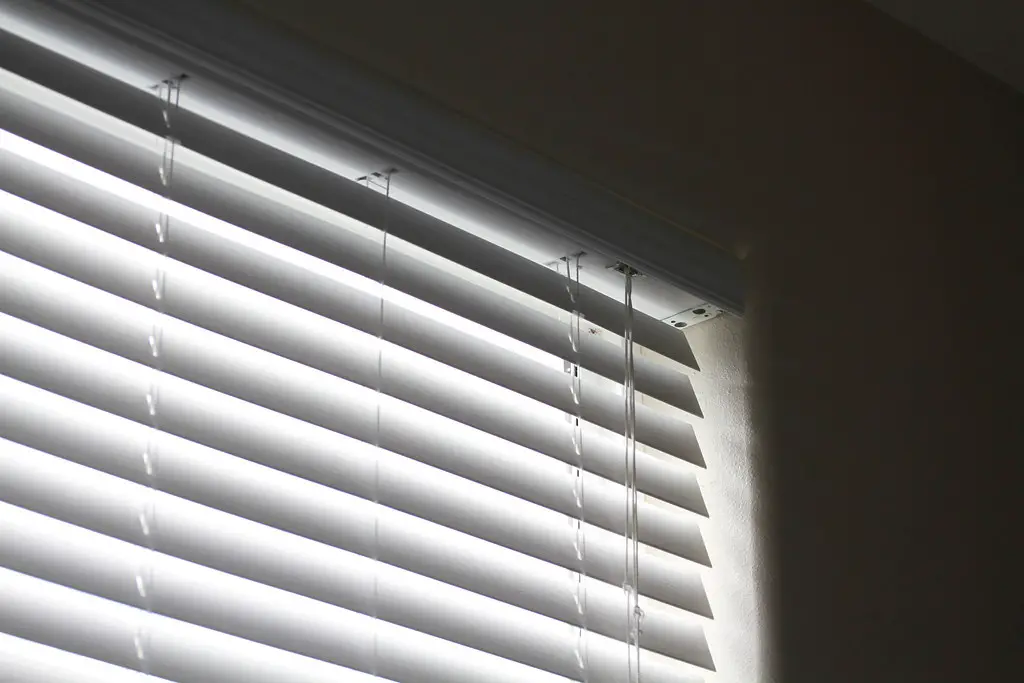
Standard blinds or basic curtains are common in rental properties, and while functional, they often lack the personalized touch of custom window treatments. Homeowners often invest in curtains, shades, or shutters that perfectly fit their windows and complement their decor. The presence of simple, off-the-shelf window coverings can sometimes suggest that the occupant has not made permanent changes to the space.
Renters may also be hesitant to invest in expensive or elaborate window treatments knowing they will leave them behind when they move. Temporary solutions like tension rod curtains or adhesive window films are popular because they are easily removable and don’t require drilling. While these are practical for renters, they often lack the tailored and integrated look of custom installations.
8. Over-Reliance on Temporary Wallpaper or Decals
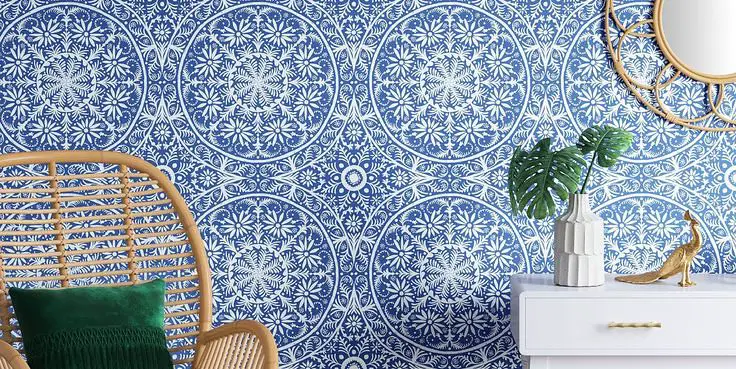
While peel-and-stick wallpaper and decals offer a renter-friendly way to personalize walls, their temporary nature can sometimes be visually apparent. These products, while improving in quality, may not have the same seamless look and texture as traditional wallpaper or paint. An over-reliance on these temporary solutions can sometimes signal that more permanent changes are not an option.
The patterns and styles chosen for temporary wallpaper or decals can also sometimes lean towards trends or more whimsical designs that might appeal to a temporary occupant. Homeowners often opt for more classic or enduring wall treatments that reflect a longer-term commitment to the space’s aesthetic.
9. Visible Extension Cords and Power Strips
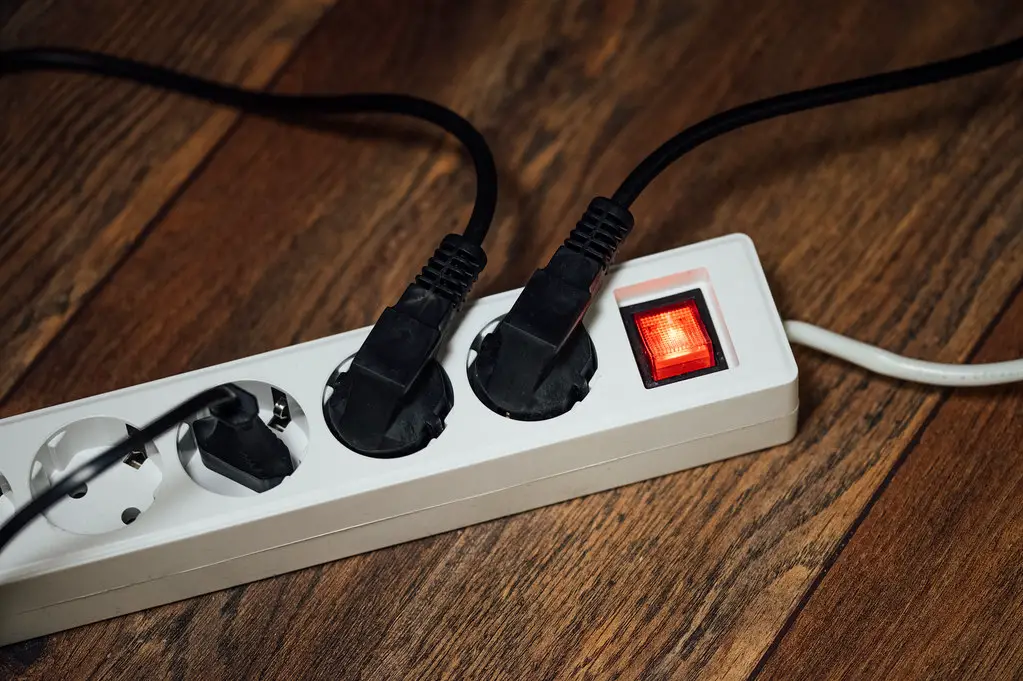
An abundance of visible extension cords and power strips can suggest a lack of adequate outlets, a common issue in older rental properties. While these are necessary for powering electronics, they can look cluttered and detract from the overall design. Homeowners often invest in adding more outlets or concealing wiring for a cleaner look.
Renters may rely on temporary power solutions because they are hesitant to make electrical modifications to a property they don’t own. While practical, the visible presence of multiple extension cords and power strips can sometimes indicate that the electrical infrastructure is not tailored to the occupant’s long-term needs.
10. Lack of Landscaping or Outdoor Personalization
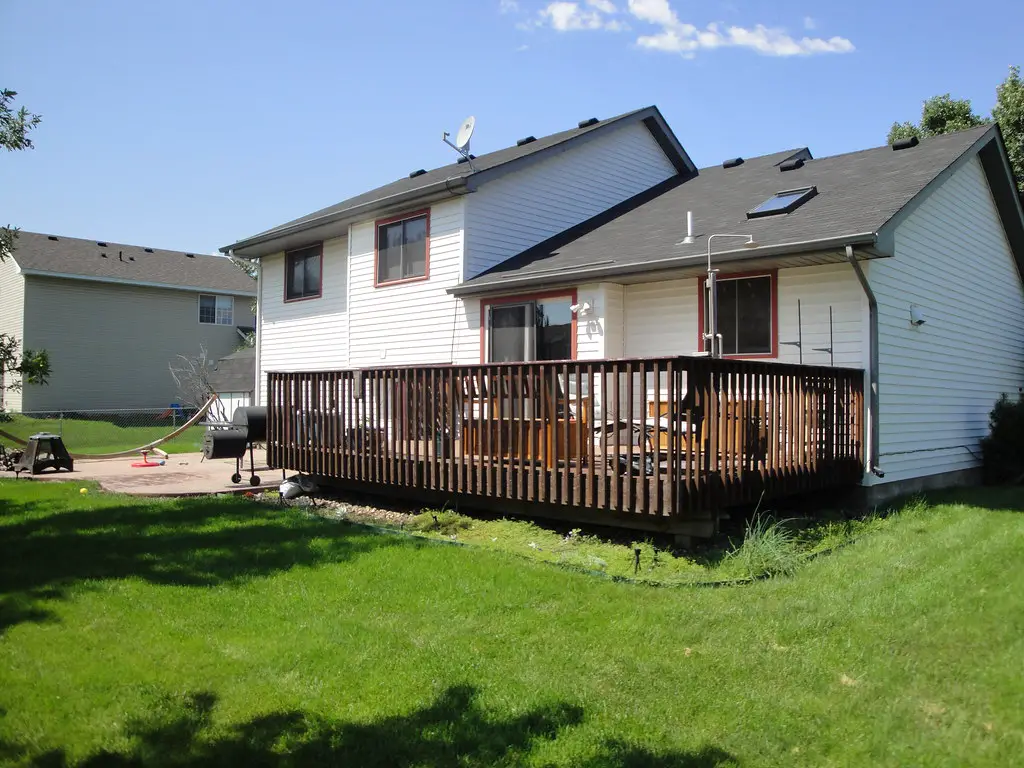
For renters with access to outdoor spaces, a lack of personalized landscaping or decor can be a subtle signal of temporary occupancy. While some rentals restrict outdoor modifications, others offer opportunities for tenants to add their own touches. A completely bare patio or balcony might suggest a reluctance to invest in improvements that will be left behind.
Homeowners often take pride in their outdoor spaces, investing time and money in gardening, furniture, and decor to create an extension of their living area. The absence of such personalization in a rental’s outdoor space can sometimes indicate a less permanent connection to the property.
11. Using Appliances That Don’t Match the Kitchen
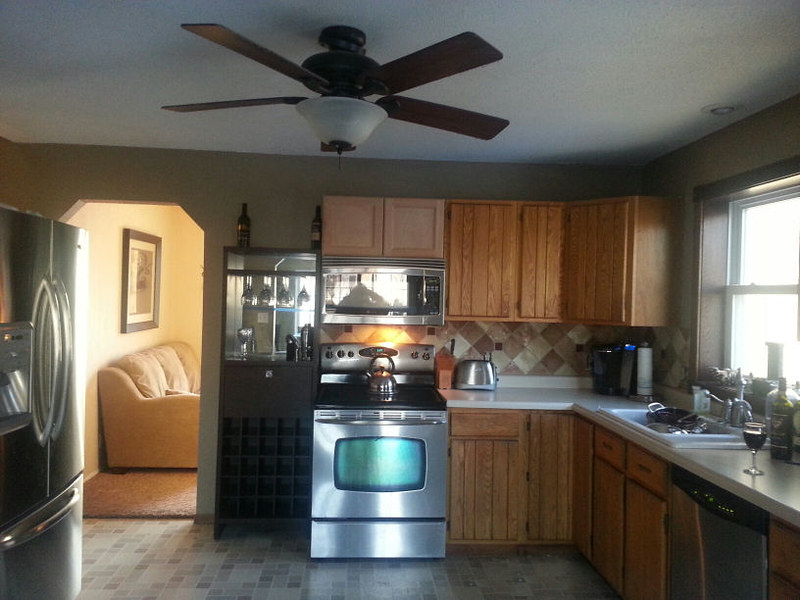
Rental kitchens often come equipped with a mix of standard appliances that may not have a cohesive look. While functional, these mismatched appliances can sometimes signal that the occupant has not invested in upgrades or replacements. Homeowners often choose appliances that complement each other in terms of style and finish.
Renters may also bring their own portable appliances that don’t integrate seamlessly with the existing kitchen setup. While these can add functionality, they can also contribute to a less unified aesthetic, potentially suggesting a temporary arrangement where permanent appliance upgrades are not feasible.
12. Over-the-Door Organizers
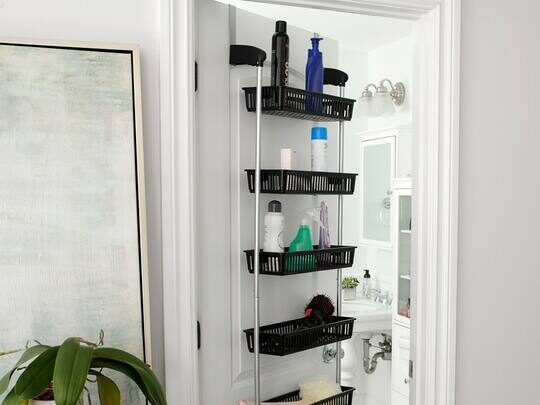
While incredibly useful for maximizing storage in tight spaces, an excessive use of over-the-door organizers can sometimes highlight a lack of built-in storage, a common feature in many rental units. These organizers, while practical for renters, are rarely a long-term storage solution in owned homes with ample closet space.
The temporary and often utilitarian appearance of over-the-door organizers can also contribute to a less polished aesthetic. While they serve a valuable purpose for renters needing extra storage, their visibility can sometimes suggest a temporary living situation where maximizing every available space is a priority.
13. Furniture Placed Away From Walls
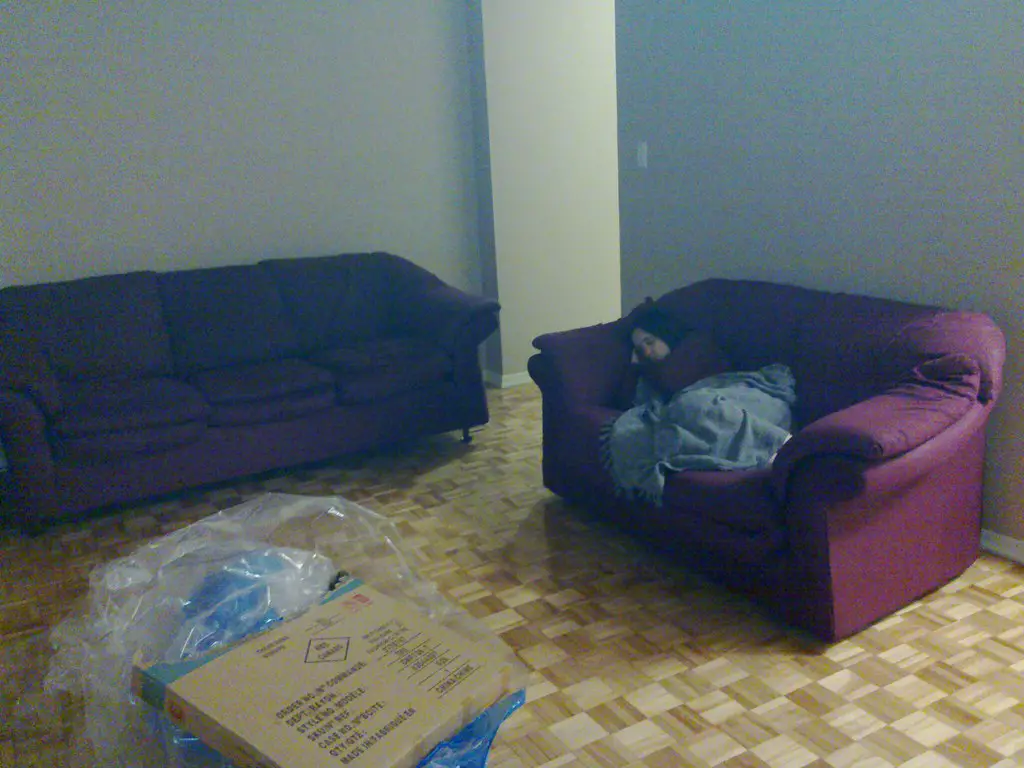
While there are design principles that advocate for floating furniture, in some rental situations, furniture pushed against all the walls can signal an attempt to maximize limited floor space. This arrangement can sometimes create a less inviting and less intentionally designed feel compared to owned homes where furniture placement is often more about flow and creating distinct zones.
Renters in smaller spaces may prioritize functionality and ease of movement over more nuanced furniture arrangements. While this is a practical approach to maximizing a limited footprint, it can sometimes inadvertently suggest a temporary setup where space optimization is the primary concern.
14. Visible Water Stains or Damage
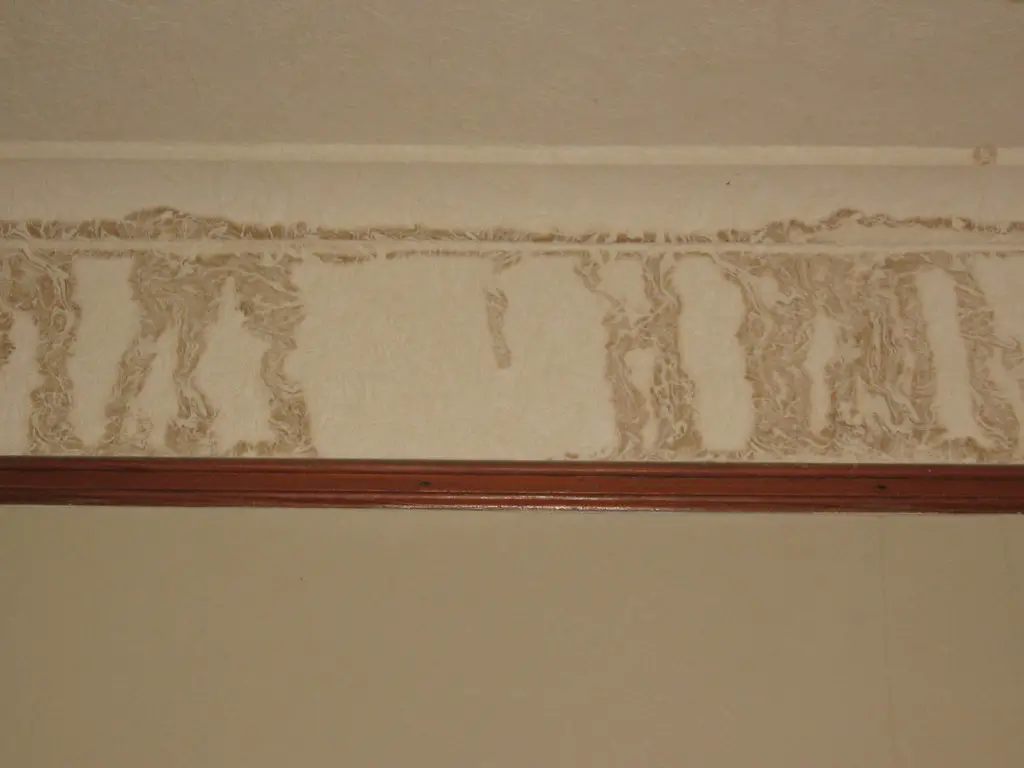
Lingering water stains on ceilings or walls, or other visible signs of damage that haven’t been fully repaired, can sometimes signal a rental property where the tenant may not have the authority or incentive to undertake permanent fixes. While accidents happen in any home, the prolonged presence of unaddressed damage can create a sense of impermanence.
Homeowners typically address such issues promptly to maintain the value and appearance of their property. The continued visibility of damage, even minor, can sometimes suggest a temporary living situation where the occupant relies on the landlord for repairs.
15. Lack of Personal Collections or Inherited Items
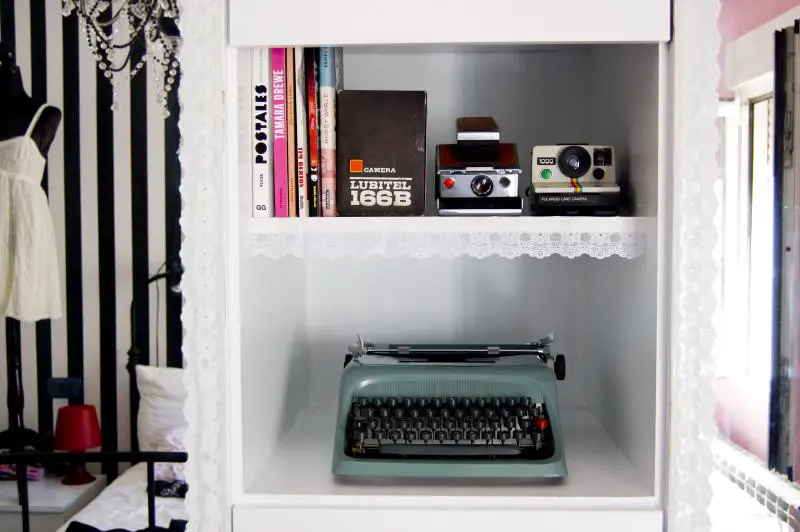
Owned homes often reflect the occupants’ personal histories and long-term interests through the display of collections, inherited items, and meaningful souvenirs. Rental spaces, while personalized, may sometimes lack these deeply personal touches that accumulate over years in a permanent residence. The absence of such items can sometimes subtly suggest a more transient living situation.
Renters may also be more cautious about acquiring large or fragile personal items that could be cumbersome to move. This practicality, while understandable, can sometimes result in a space that feels less rooted in personal history compared to a home filled with cherished belongings accumulated over time.
